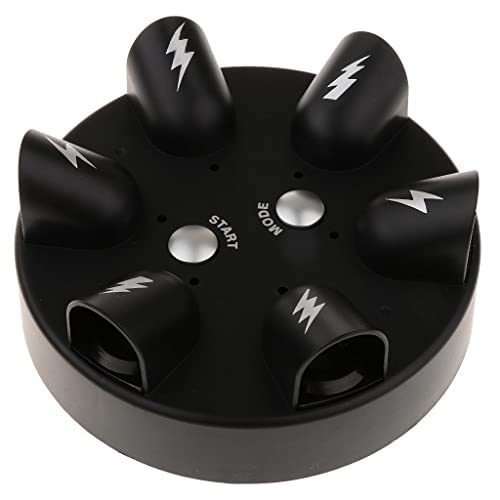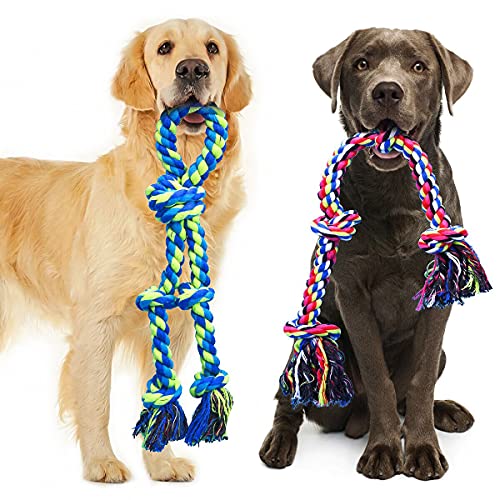Are you considering getting a golden retriever as a pet? One question that may come to mind is, “Are golden retrievers too big?” It’s understandable to have concerns about the size of a dog breed, especially if you have limited space or are worried about managing a larger dog. In this article, we’ll explore the size of golden retrievers, their characteristics, and whether their size is suitable for your lifestyle. So, let’s dive in and find out if golden retrievers are indeed too big for you.
When it comes to golden retrievers, their size is certainly a notable feature. On average, these lovable canines can grow to be quite large. Adult males typically stand between 23 to 24 inches tall at the shoulder and weigh around 65 to 75 pounds. Females, on the other hand, are slightly smaller, measuring around 21.5 to 22.5 inches in height and weighing between 55 to 65 pounds. However, it’s important to note that size can vary among individual dogs, as genetics and other factors can influence their growth.
Despite their larger size, golden retrievers are known for their friendly and gentle nature. They are often described as being excellent family pets and are known for their patience and love for children. While their size may require some extra space and exercise, their temperament and loyalty make them a popular choice for many households. So, if you’re considering a golden retriever, it’s important to consider their size alongside their other characteristics to determine if they are the right fit for you and your family.
The Size of Golden Retrievers
As a dog lover who owns both a golden retriever and a Goldendoodle, you may have wondered about the size of golden retrievers. Let’s dig into it!
Golden retrievers are indeed a large breed of dog. Adult males typically stand between 23 to 24 inches tall and weigh around 65 to 75 pounds. Females, on the other hand, are slightly smaller, measuring around 21.5 to 22.5 inches in height and weighing between 55 to 65 pounds. These measurements provide a general idea, but it’s important to remember that individual dogs may vary in size due to genetics and other factors.
Despite their bigger size, golden retrievers make fantastic family pets. Their friendly and gentle nature is well-known, making them great companions for people of all ages. Having worked at animal shelters and veterinary offices, I can attest to their loving and loyal temperament.
However, it’s essential to consider their size when making the decision to bring a golden retriever into your home. Golden retrievers thrive in spaces with ample room for exercise and play. A home with a yard or regular access to outdoor areas is ideal for these energetic dogs. Regular exercise is essential to keep them physically and mentally stimulated, avoiding potential behavioral issues that may arise from boredom.
While the physical size of golden retrievers may require some extra space, their loyal and loving nature often outweighs this concern. Their affectionate demeanor and eagerness to please their owners make them a popular choice for many households.
So, if you’re considering adding a golden retriever to your family, know that their size doesn’t make them any less loving or loyal. They just need a bit more room to stretch their legs and keep their lively spirits happy.
The Average Height and Weight
As a dog lover who owns a golden retriever and a Goldendoodle, you may be wondering about the size of your furry friends. Golden retrievers are indeed a large breed of dog, but their size is part of their charm. Let’s explore the average height and weight of these lovable canines.
On average, a male golden retriever stands between 23 to 24 inches tall at the shoulder and weighs around 65 to 75 pounds. Females are slightly smaller, measuring around 21.5 to 22.5 inches in height and weighing between 55 to 65 pounds.
However, it’s important to note that individual dogs may vary in size due to genetics and other factors. Some golden retrievers may be on the smaller side of the spectrum, while others may be larger. Don’t be too concerned if your furry friend doesn’t fit exactly within these ranges.
Despite their larger size, golden retrievers are known for their friendly and gentle nature, making them excellent family pets. Their size does require some extra space and exercise, though. These dogs thrive in environments with ample room for exercise and play. Regular exercise is essential to keep them physically and mentally stimulated.
If you own a Goldendoodle, a crossbreed between a golden retriever and a poodle, their size can vary depending on the size of the poodle parent. Miniature Goldendoodles are smaller, while standard Goldendoodles are more similar in size to golden retrievers. It’s always a good idea to consult with a reputable breeder or a veterinarian to ensure you have a good understanding of the potential size of your Goldendoodle.

The Growth and Development of Golden Retrievers
« Shocking Secret Revealed: The Surprising Allergies That Plague Golden Retrievers
Discover the Unbelievable Results of Using the Furminator on Your Golden Retriever – You Won’t Believe Your Eyes »
During the growth and development of golden retrievers, it’s fascinating to witness how they transform from tiny, adorable puppies into majestic, full-grown dogs. As a dog lover and owner of both a golden retriever and a Goldendoodle, I’ve had the privilege of experiencing this journey firsthand. Drawing from my experience working at animal shelters and veterinary offices, I’ve gained valuable insights into the growth and development of these wonderful breeds.
Puppyhood is a magical and crucial phase in a golden retriever’s life. At around 8 weeks old, they leave their litter and join their new families. During this time, they are small, fluffy bundles of joy, weighing just a few pounds. Proper nutrition and care play a pivotal role in laying the foundation for their future growth and overall well-being.
Adolescence marks a period of rapid growth and development for golden retrievers. From 6 to 18 months old, they go through significant changes, both physically and behaviorally. You’ll notice their limbs elongating, and their bodies starting to fill out. It’s essential to provide them with a balanced diet and regular exercise to support their developing muscles and promote healthy bone growth.
Young adulthood is when golden retrievers reach their full size and maturity. By around 2 years old, they’ve achieved their adult height and weight—the males standing at an average of 23 to 24 inches tall and weighing between 65 to 75 pounds. Females are slightly smaller, measuring around 21.5 to 22.5 inches in height and weighing between 55 to 65 pounds.
Throughout their growth and development, it’s important to remember that every golden retriever is unique. Genetics, nutrition, exercise, and overall healthcare all play significant roles in determining their size. Ensuring they receive regular veterinary check-ups and a proper diet will help monitor their growth and keep them in optimal health.
If you own a Goldendoodle, keep in mind that their size can vary depending on the size of the poodle parent. It’s always a good idea to consult with a reputable breeder or veterinarian to understand the potential size of your Goldendoodle.
Understanding the growth and development of your golden retriever or Goldendoodle is crucial in providing them with the care they need at each stage of their life. With proper nutrition, exercise, and veterinary care, you can help them grow into healthy, happy
The Benefits of Owning a Big Dog
As a dog lover and owner of both a golden retriever and a Goldendoodle, I can attest to the many benefits of having a big dog by your side. Whether it’s a golden retriever or a Goldendoodle, these gentle giants offer so much more than just their size. Let me share with you some of the advantages that come with owning a big dog.
1. Endless Love and Affection
Big dogs, like golden retrievers and Goldendoodles, have big hearts full of love and affection. They are known for their friendly and gentle nature, making them an ideal companion for families and individuals alike. Their loyalty knows no bounds, and they will always be there to greet you with a wagging tail and a slobbery kiss.
2. Great with Kids
If you have children, having a big dog can be a wonderful addition to your family. Golden retrievers and Goldendoodles are known for their patience and tolerance, making them excellent playmates and protectors for kids. They often form strong bonds with children and can be a source of comfort and companionship.
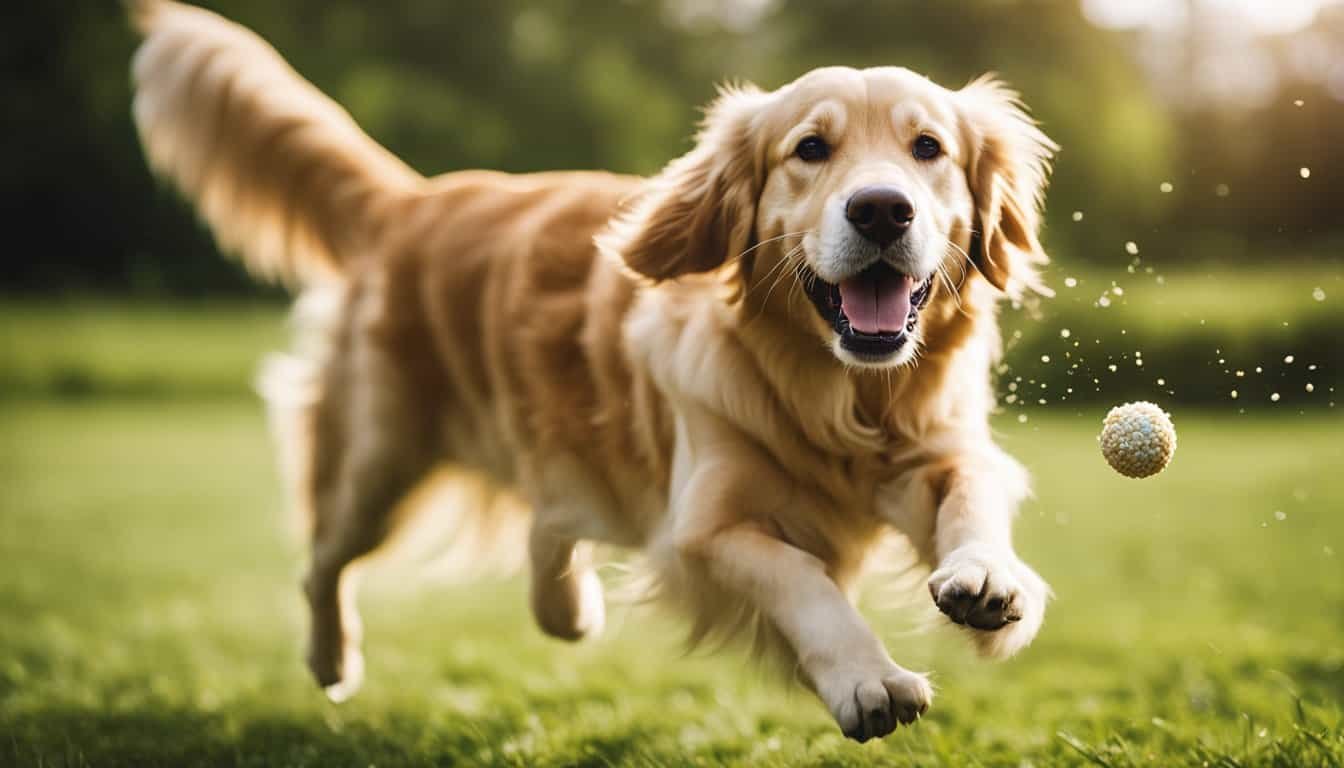
3. Outdoor Adventure Buddies
Do you love spending time outdoors? Big dogs are the perfect adventure buddies! Whether you enjoy hiking, running, or long walks in the park, golden retrievers and Goldendoodles are always up for some outdoor fun. Their size and energy levels make them great companions for active individuals or families who like to explore the great outdoors.
4. Excellent Therapy and Service Dogs
Due to their friendly and calm nature, big dogs are often used as therapy or service animals. Golden retrievers and Goldendoodles are highly intelligent and trainable, which makes them perfect candidates for service dog work. They can provide emotional support to individuals with disabilities or help in tasks such as guiding the visually impaired or providing comfort to those in hospitals or nursing homes.
5. Protective Instincts
Having a big dog can also bring a sense of security to your home. Golden retrievers and Goldendoodles, despite their friendly demeanor, have a natural protective instinct towards their families. Their size alone can act as a deterrent to potential intruders, giving you peace of mind knowing that your loyal companion is looking out for you.
Owning a big dog like a golden retriever or a Goldendoodle can bring immense joy, love, and companionship into your life. From their unwavering
Downsides of Having a Big Dog
As much as we love our big and lovable dogs like golden retrievers and Goldendoodles, there are a few downsides to consider when it comes to their size. Here are a few things worth knowing:
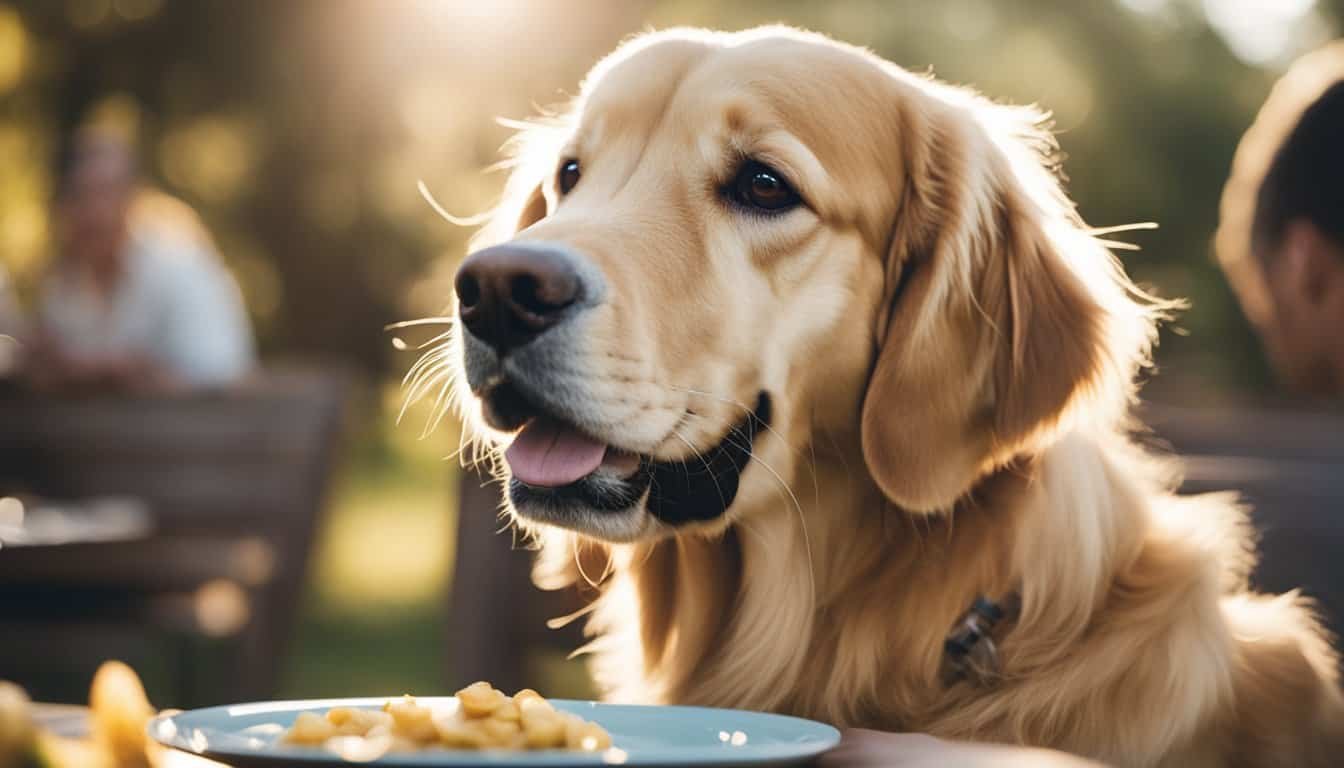
1. Space Requirements
One of the main considerations when bringing a big dog into your home is the amount of space they need. Golden retrievers and Goldendoodles are active and energetic breeds that thrive with plenty of room to move around. It’s important to ensure that your living space, whether it’s an apartment or a house, can accommodate their size and provide ample space for them to exercise and stretch their legs.
2. Exercise Demands
Due to their larger size, golden retrievers and Goldendoodles require regular exercise to keep them physically and mentally stimulated. This means dedicating time every day for walks, playtime, and outdoor activities. Without proper exercise, they can become bored, restless, and may develop behavioral issues. So, be prepared to commit to daily exercise routines to keep your furry friend happy and healthy.
3. Grooming Challenges

Another challenge that comes with big dogs is grooming. Both golden retrievers and Goldendoodles have thick double coats that require regular brushing to prevent matting and to keep their fur looking its best. Additionally, they are known to shed quite a bit, especially during shedding seasons. Be prepared to invest in good grooming tools and consider scheduling regular grooming sessions to keep their coats in top condition.
4. Health Concerns
While golden retrievers and Goldendoodles are generally healthy breeds, their larger size can put them at a higher risk for certain health issues. Some common concerns include hip dysplasia, cancer, and certain eye conditions. Regular vet check-ups, a healthy diet, and proper exercise can help minimize the risk, but it’s important to be aware of these potential health challenges.
5. Lifespan
Sadly, big dogs tend to have shorter lifespans compared to smaller breeds. Golden retrievers typically have a lifespan of 10-12 years, while Goldendoodles can live for about 10-15 years. Although it’s heartbreaking to think about, it’s important to be prepared for the fact that we may have a shorter time with our big furry friends.
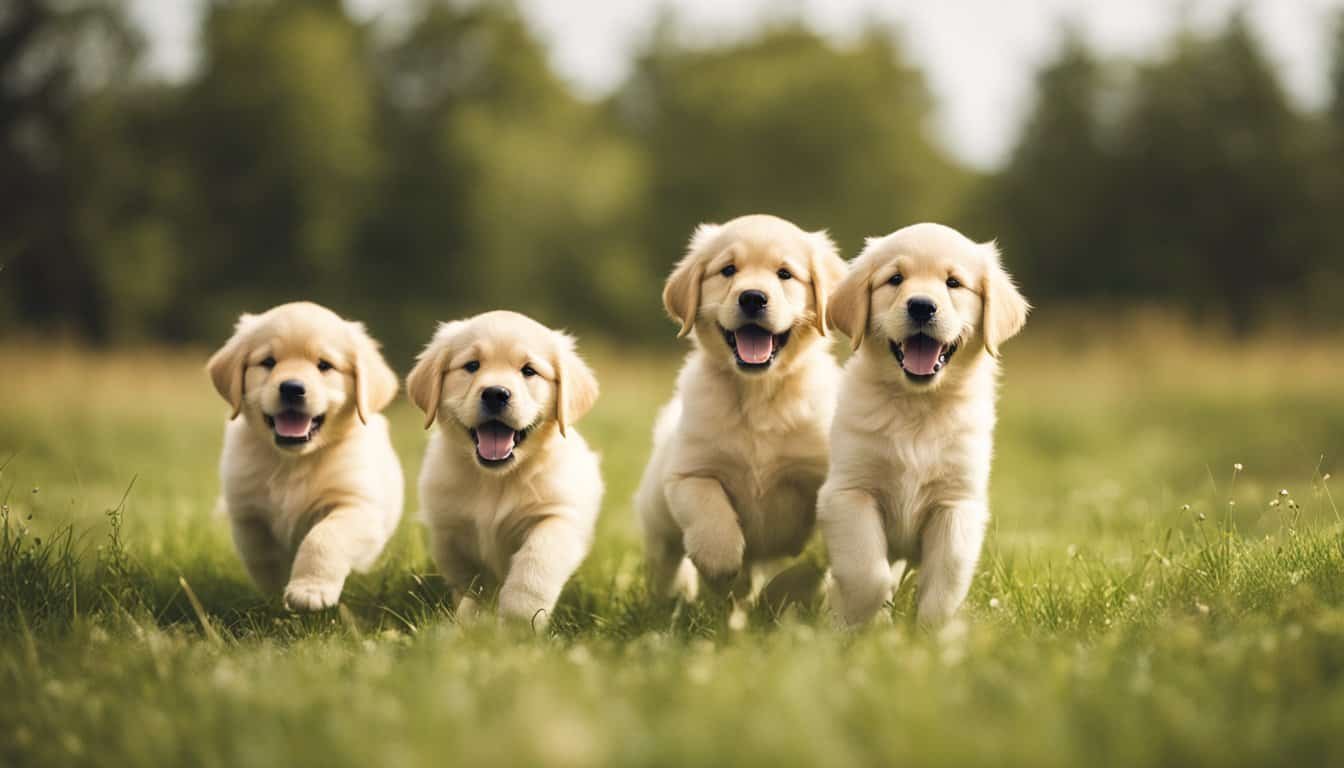
Despite these downsides, the love, companionship, and joy that golden retrievers and Goldendoodles bring into our lives are immeasurable. With
Finding the Right Sized Dog for You
When it comes to selecting a dog, size is an important factor to consider. Golden retrievers and Goldendoodles are both large breeds, which means they may not be suitable for everyone. In this section, we’ll explore the topic of size and help you determine if these breeds are the right fit for you and your lifestyle.
1. Space and Exercise Requirements
Golden retrievers and Goldendoodles need ample space to roam and play. Whether you live in a spacious house with a backyard or in a small apartment, you’ll need to ensure that your furry friend has enough room to stretch their legs. Regular exercise is vital for these breeds, as it helps keep them physically fit and mentally stimulated. If you have a yard, it should be securely fenced to provide a safe space for them to run and explore.
2. Grooming Challenges
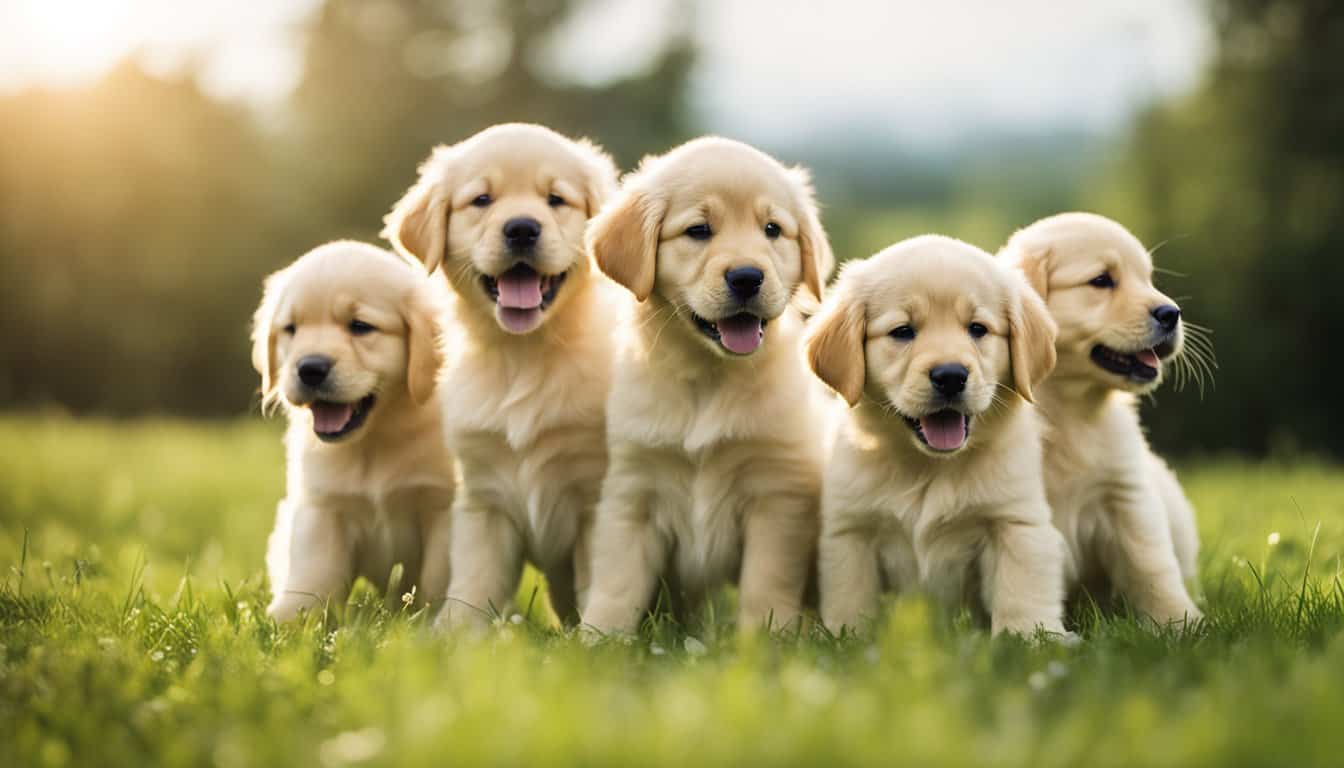
Another aspect to consider when it comes to size is grooming. Both golden retrievers and Goldendoodles have thick double coats that require regular brushing to prevent matting and shedding. This can be a time-consuming task, especially for larger dogs. If you have a busy schedule or aren’t willing to put in the effort for proper grooming, these breeds may not be the best choice for you.
3. Health Considerations
It’s important to keep in mind that larger breeds like golden retrievers and Goldendoodles may be at a higher risk for certain health issues. Conditions such as hip dysplasia, osteosarcoma, and certain heart diseases are more prevalent in larger dogs. Regular veterinary check-ups and a healthy diet can help mitigate these risks, but it’s something to be aware of when choosing a larger breed.
4. Lifespan
One key factor to remember is that larger dogs generally have shorter lifespans compared to smaller breeds. Golden retrievers typically live for 10 to 12 years, while Goldendoodles have a slightly longer lifespan of 10 to 15 years. This is something to keep in mind as you consider the long-term commitment of owning a larger dog.
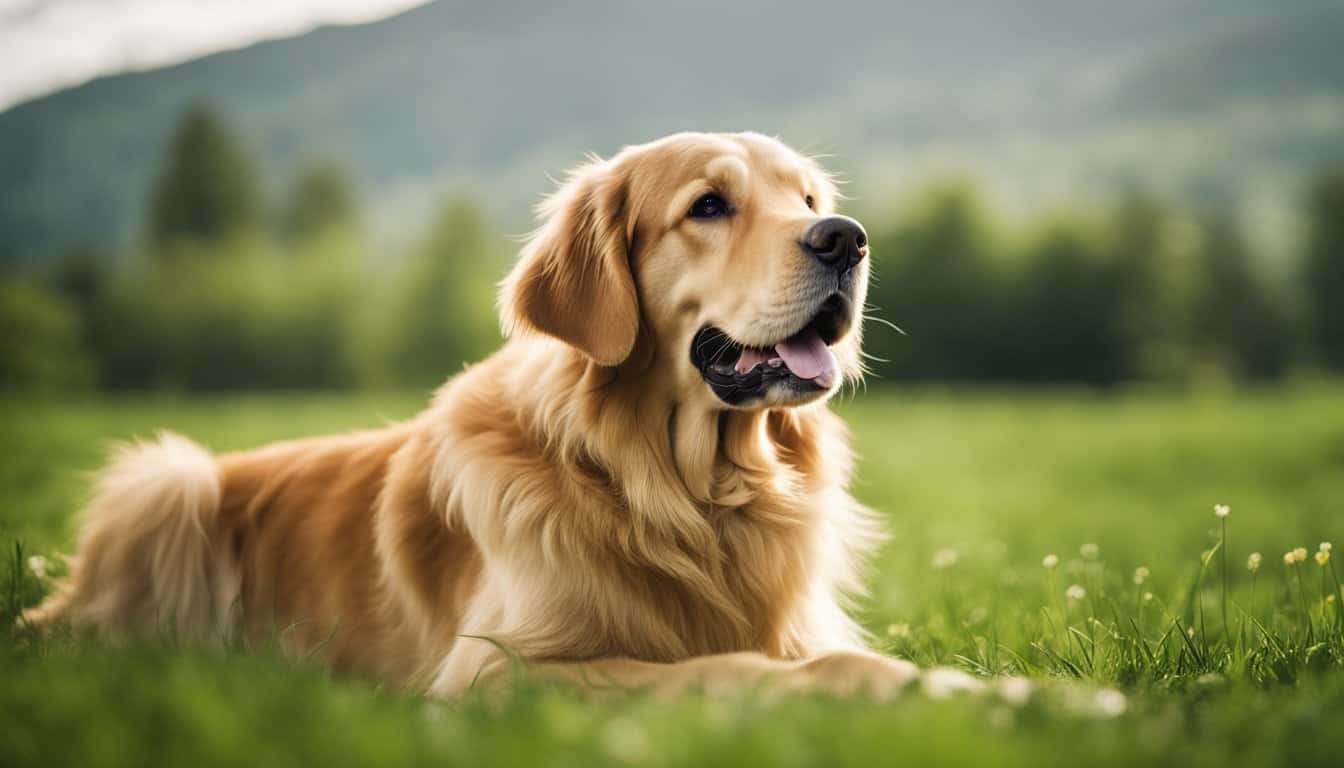
Remember, the decision to bring a golden retriever or Goldendoodle into your life should be based on careful consideration of your space, lifestyle, and willingness to invest time and effort into their care. While these breeds may come with some challenges due to their size, the love, companionship, and joy they bring are truly unparalleled.
Conclusion
When considering whether golden retrievers or Goldendoodles are too big for you, it’s important to take into account various factors. These large breeds require ample space and regular exercise to keep them happy and healthy. Grooming can be a challenge due to their thick coats, and they may be more prone to certain health issues. It’s worth noting that big dogs tend to have shorter lifespans compared to smaller breeds.
However, despite these considerations, the love, companionship, and joy that golden retrievers and Goldendoodles bring into our lives are immeasurable. Their friendly and gentle nature makes them wonderful family pets, and their loyalty and affection are unmatched.
So, if you have the space, time, and commitment to provide for their needs, welcoming a golden retriever or Goldendoodle into your life can be a truly rewarding experience. They will bring endless happiness and become an integral part of your family. Just remember to carefully consider your space, lifestyle, and willingness to invest in their care before making the decision.




